Tayla Corney Photographs Philippe, a Man Suffering from Depression


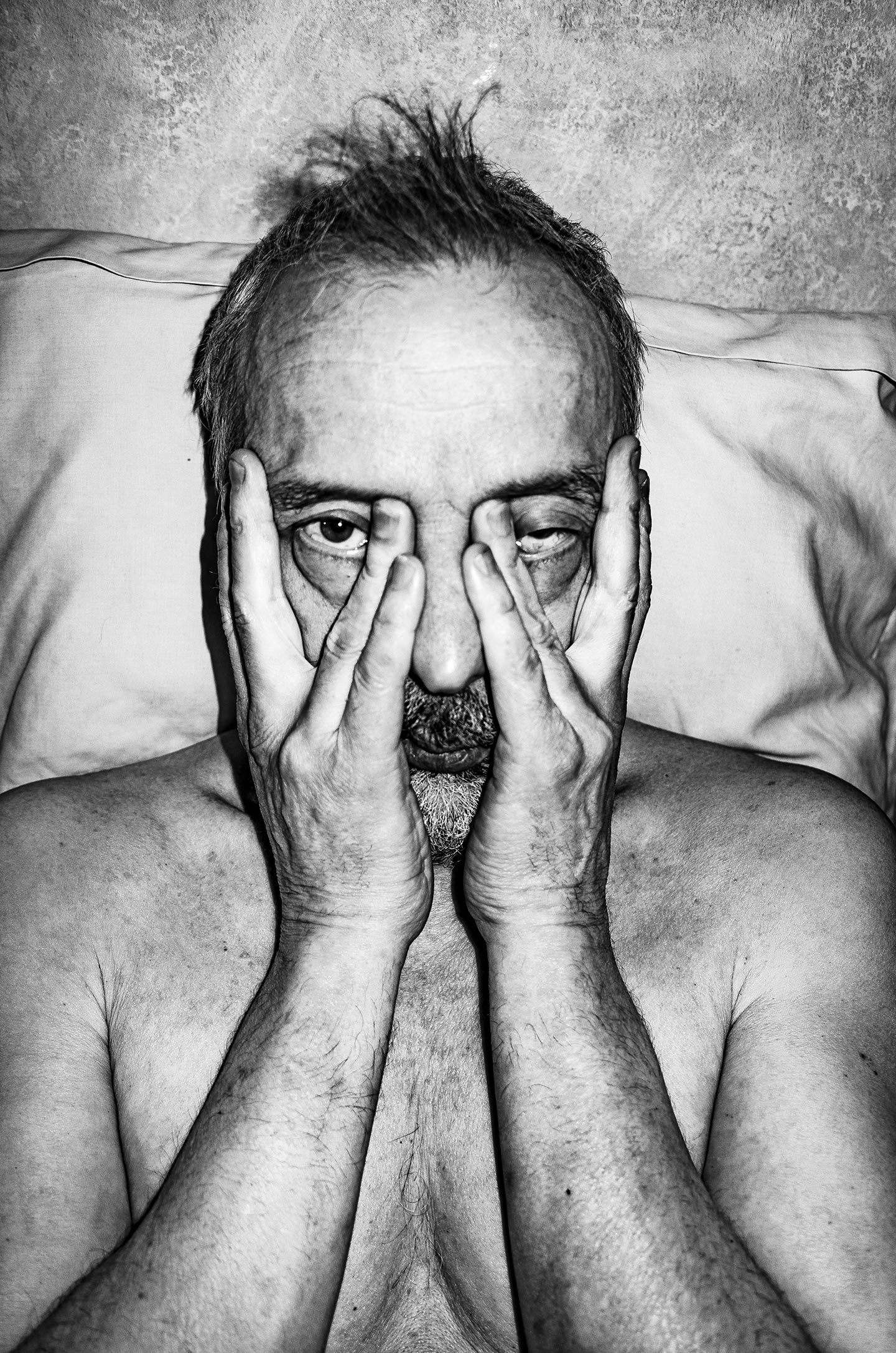
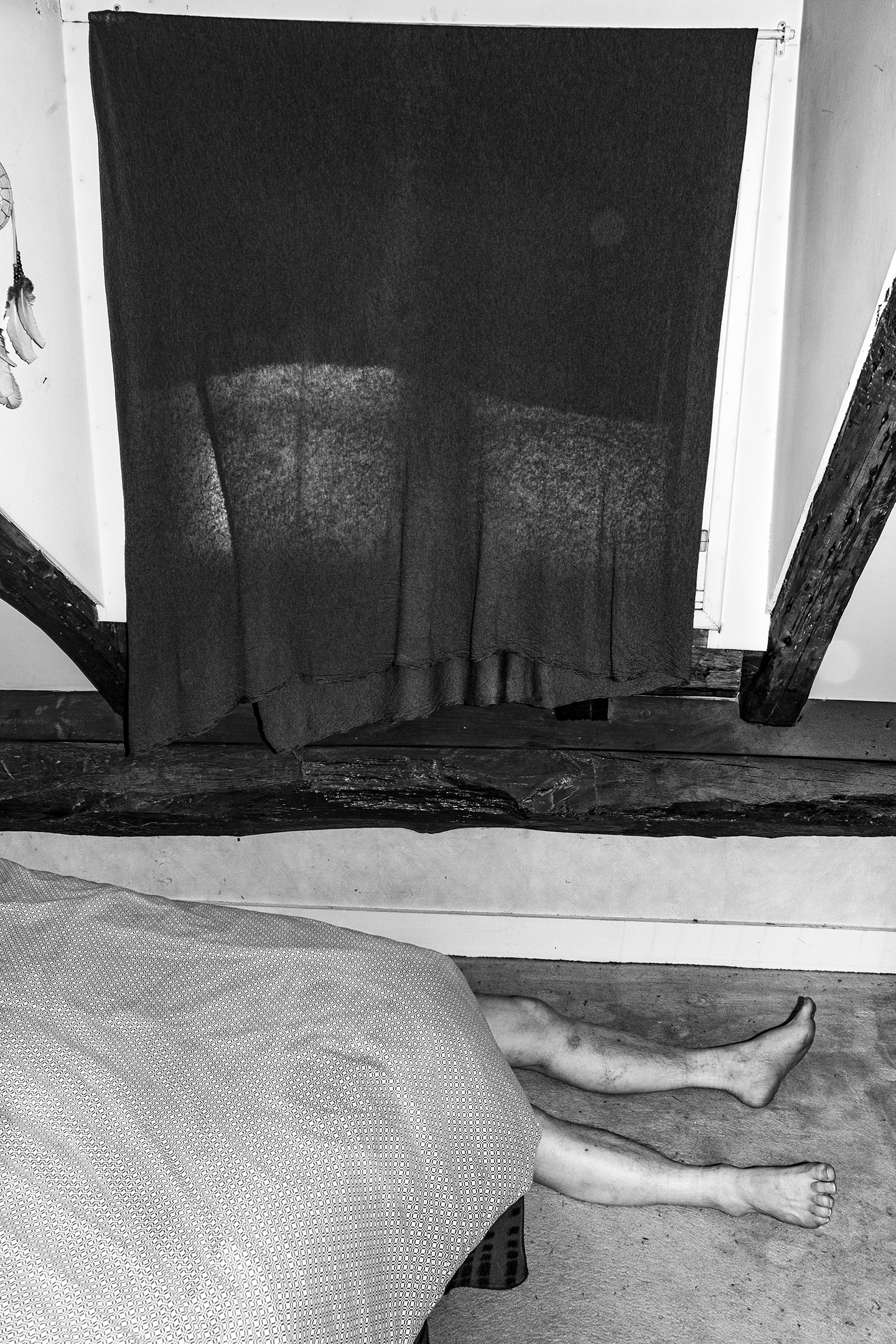
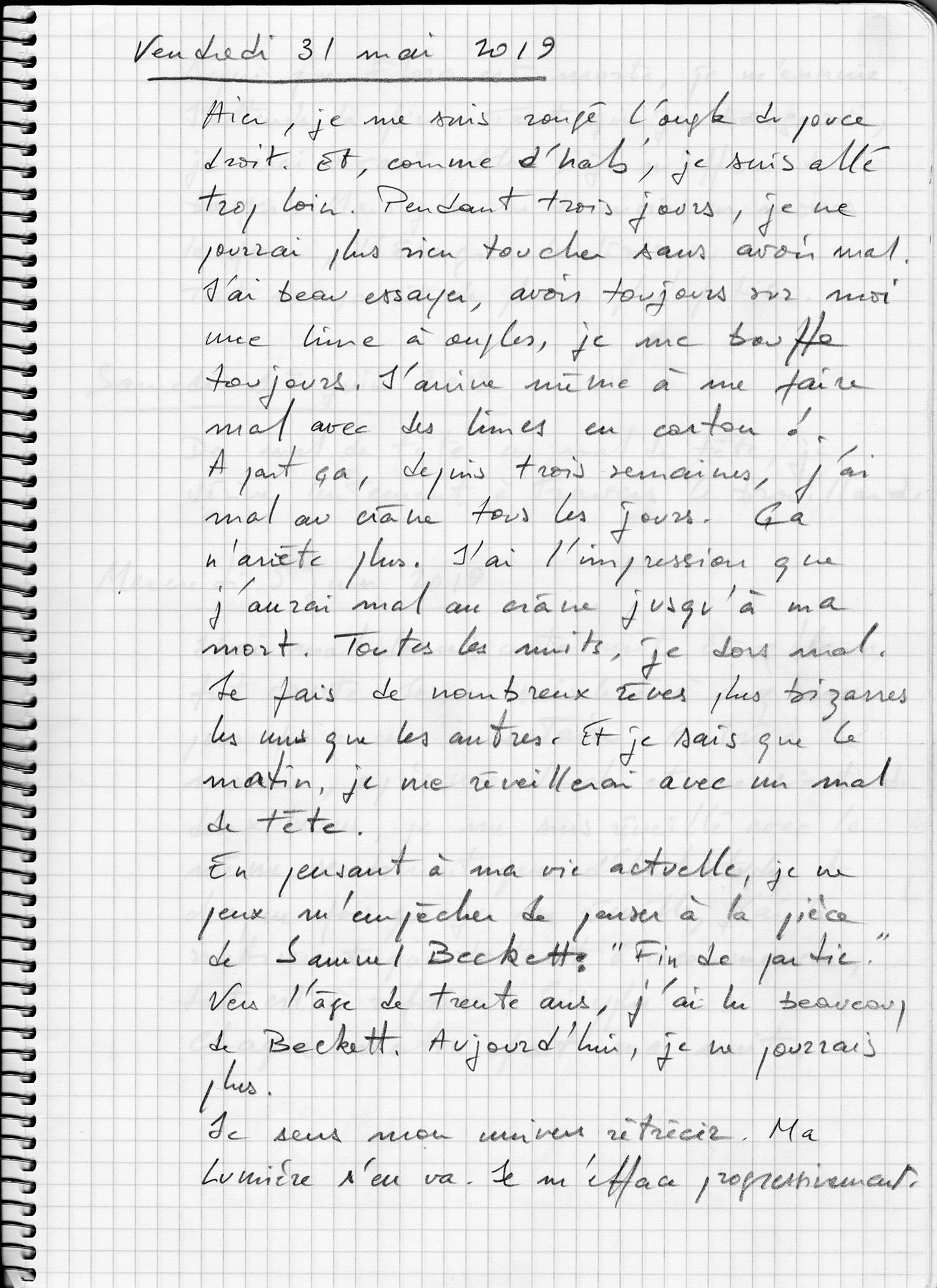
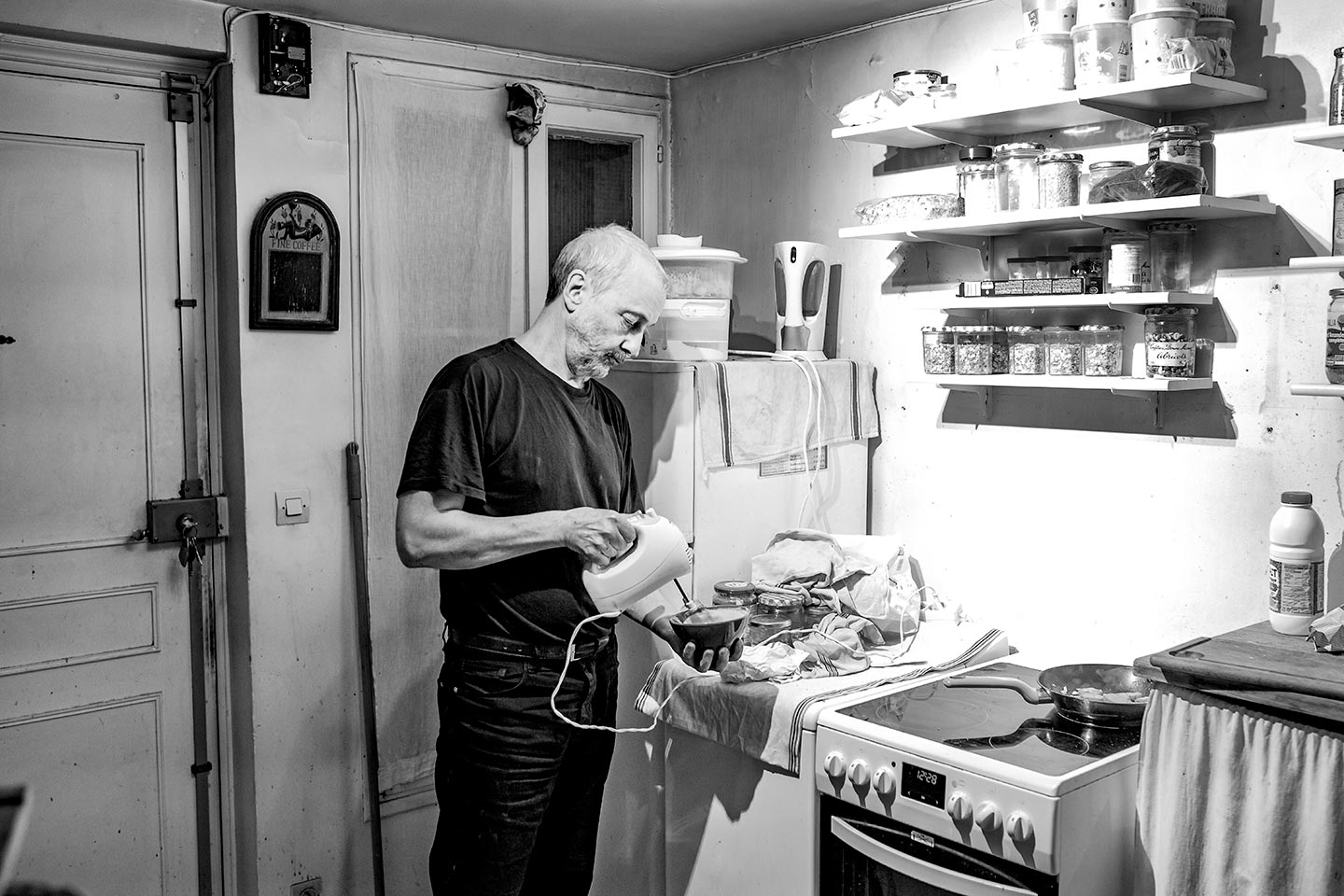


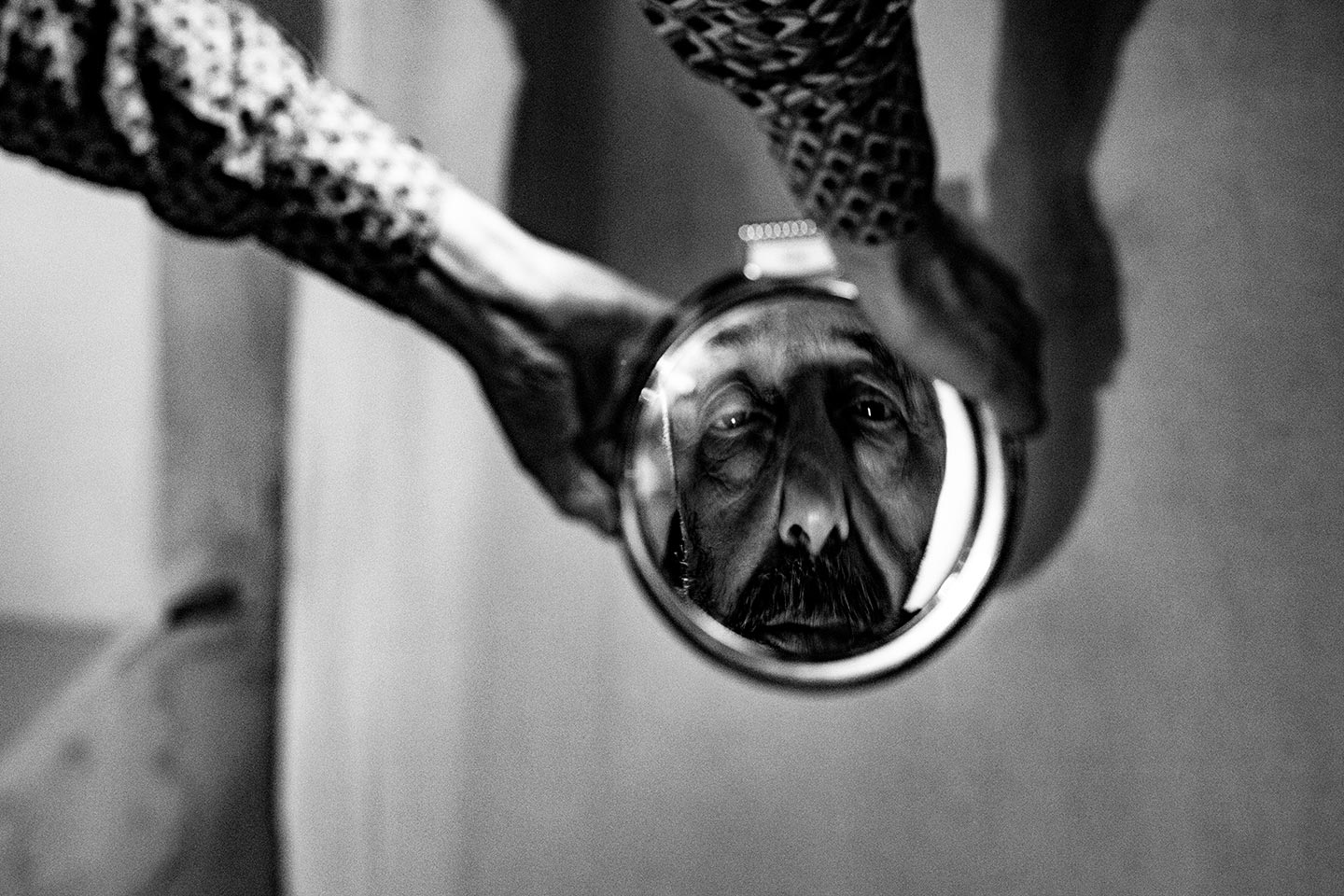
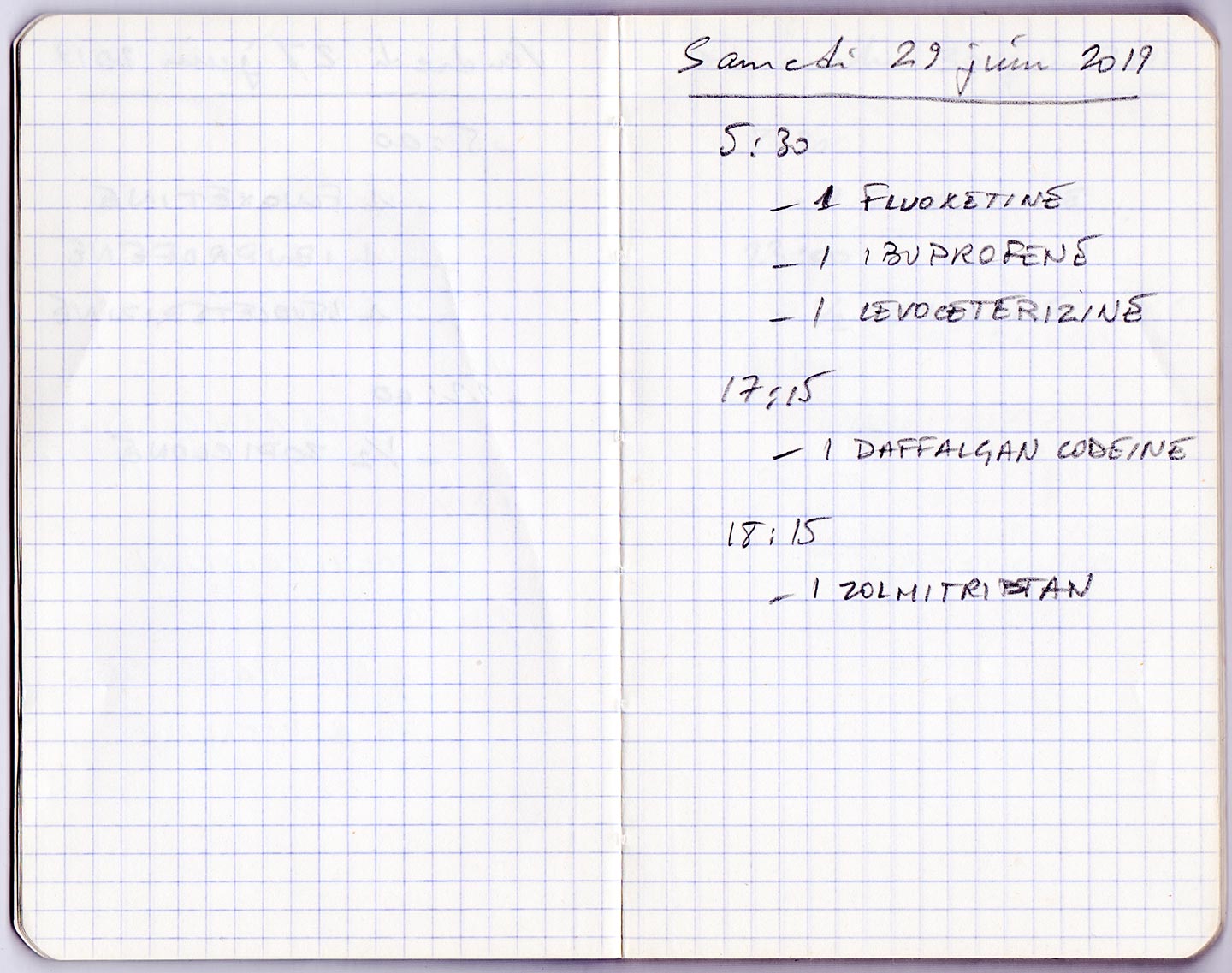

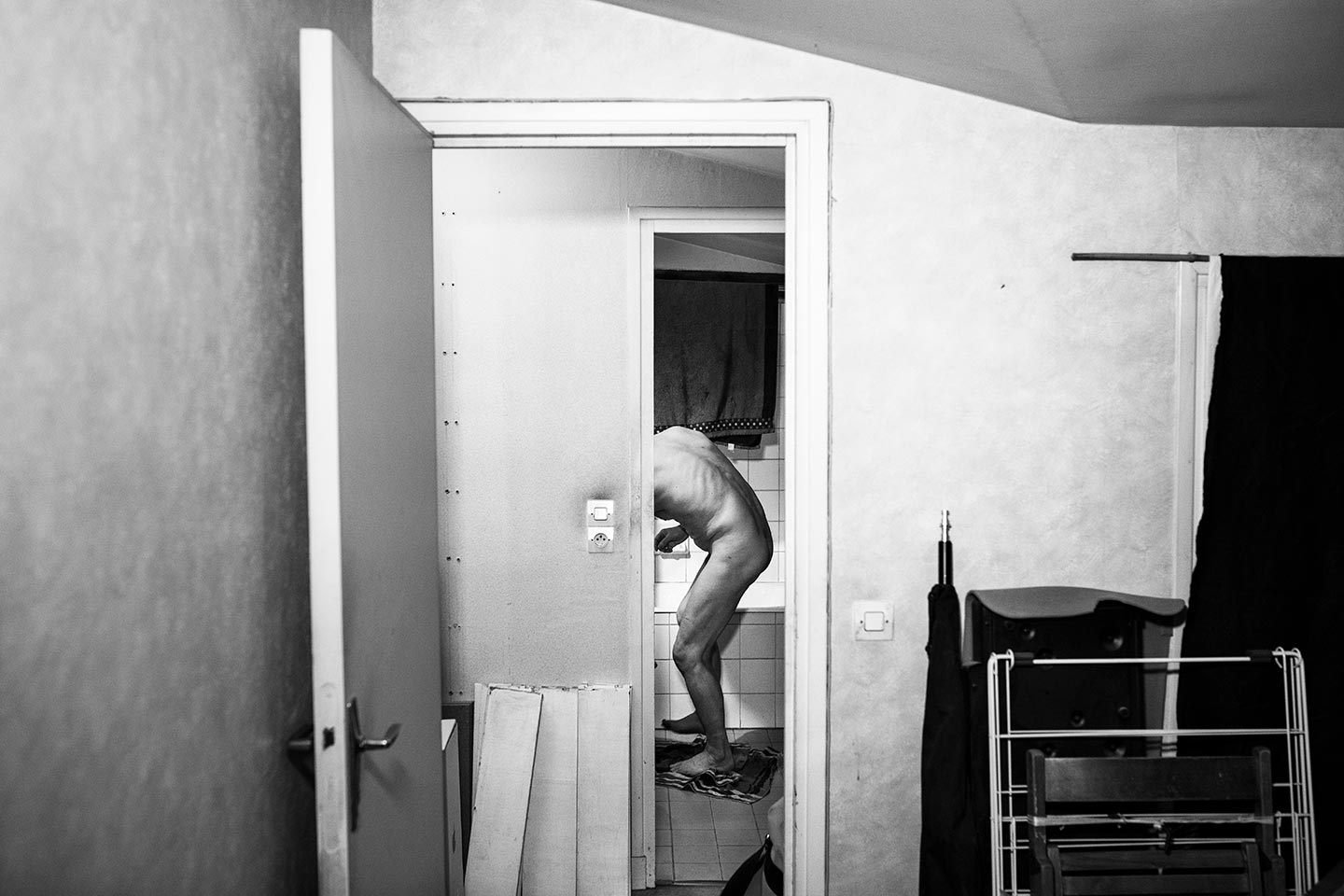
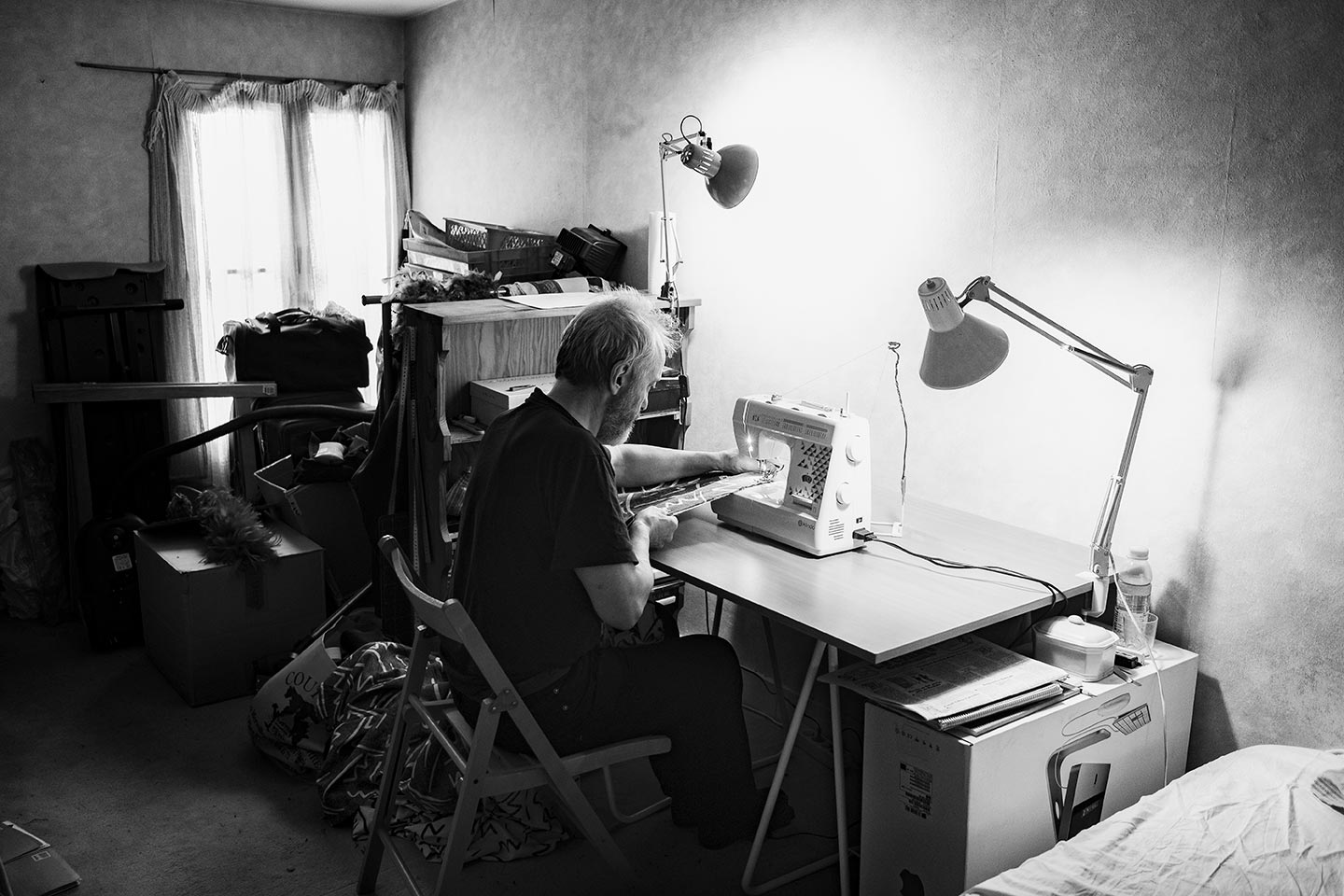
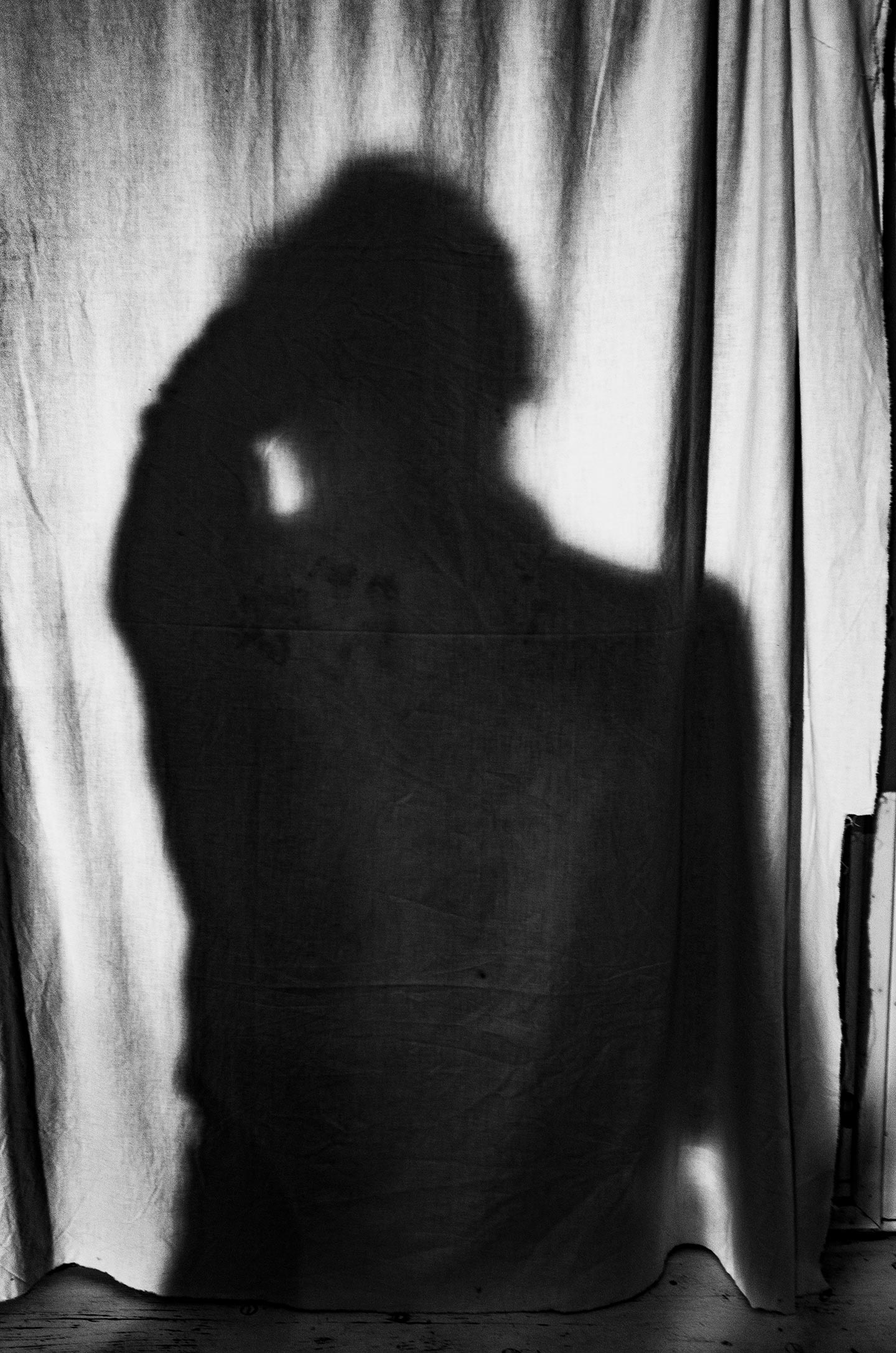
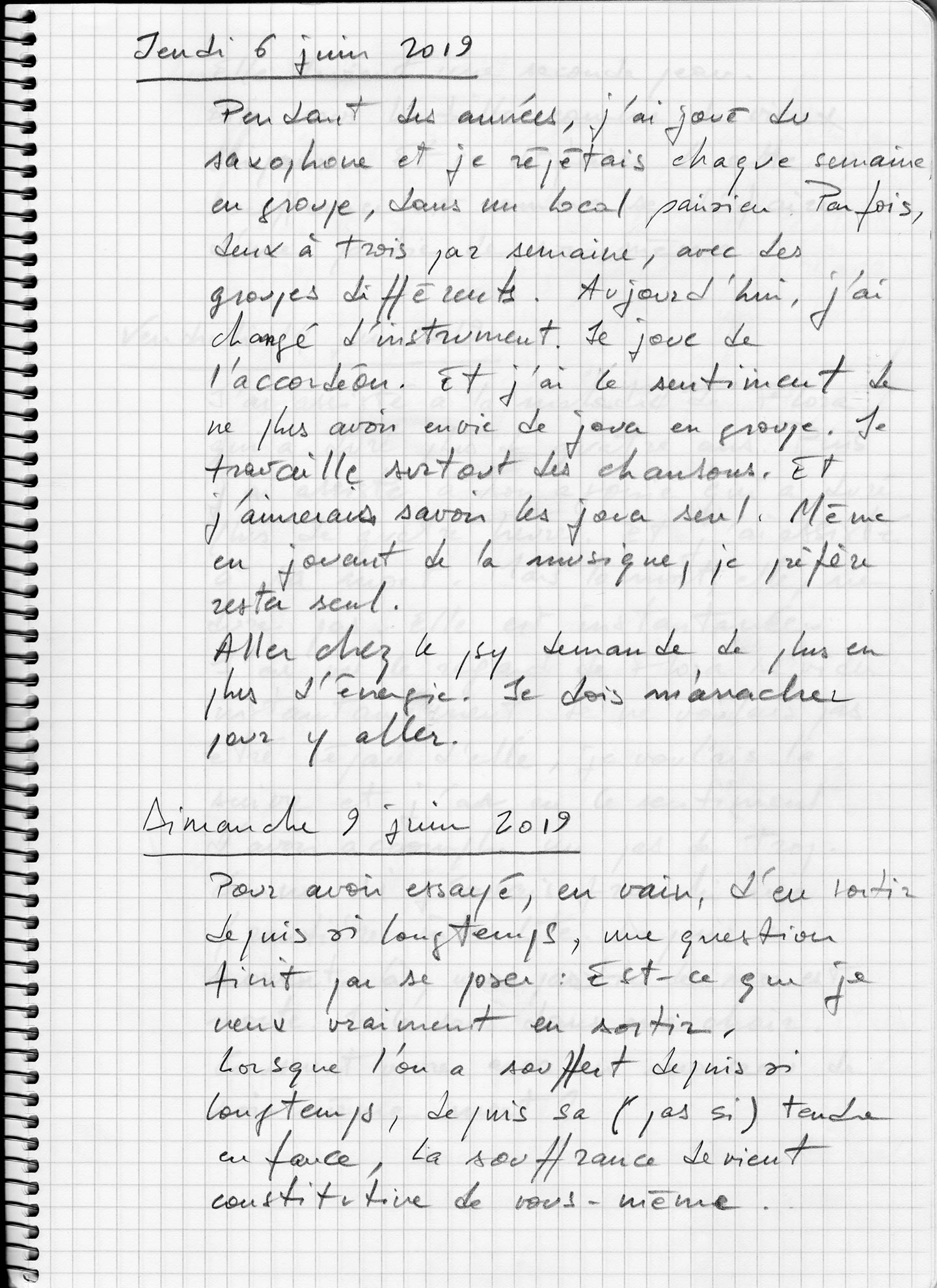

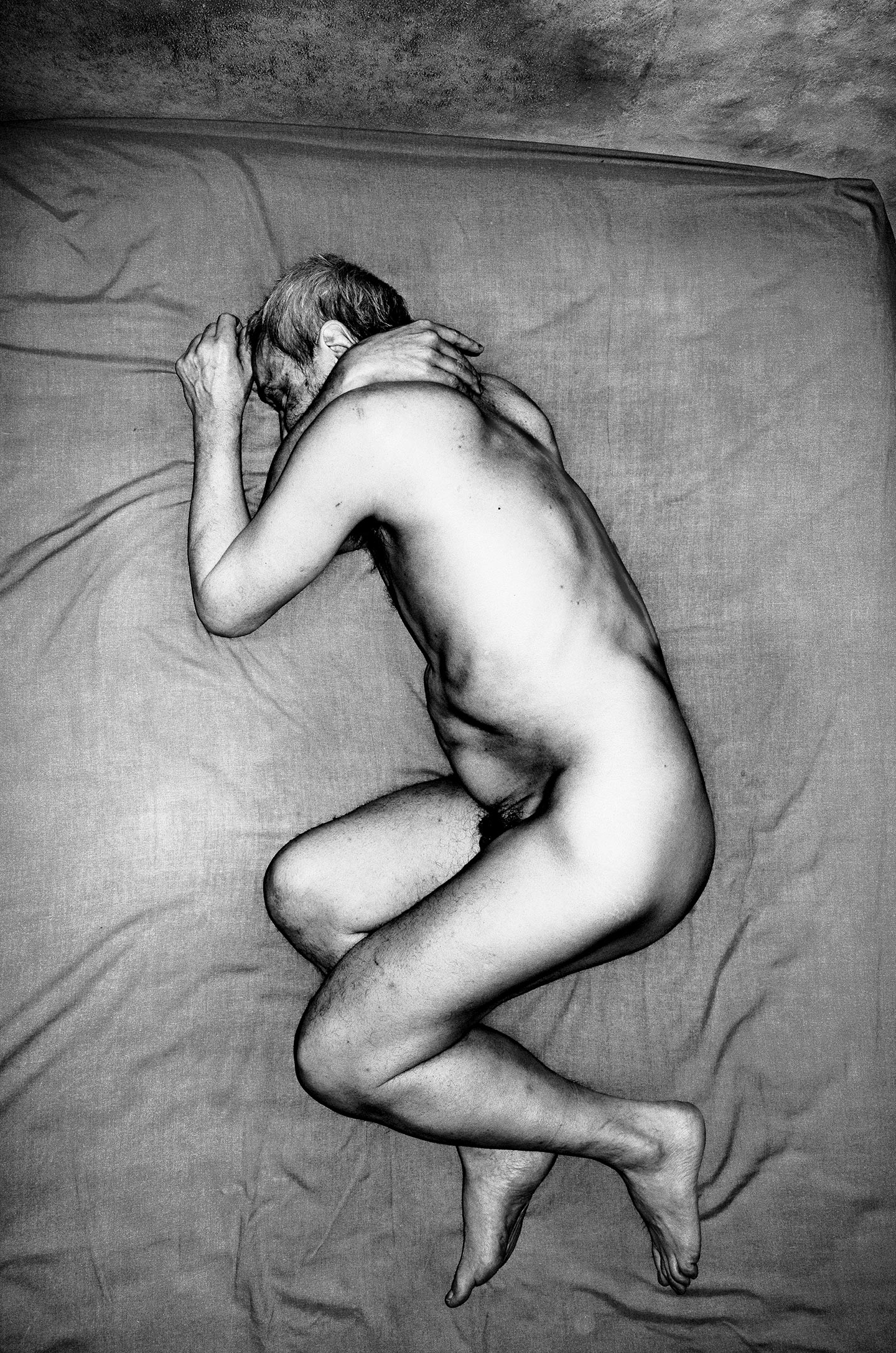
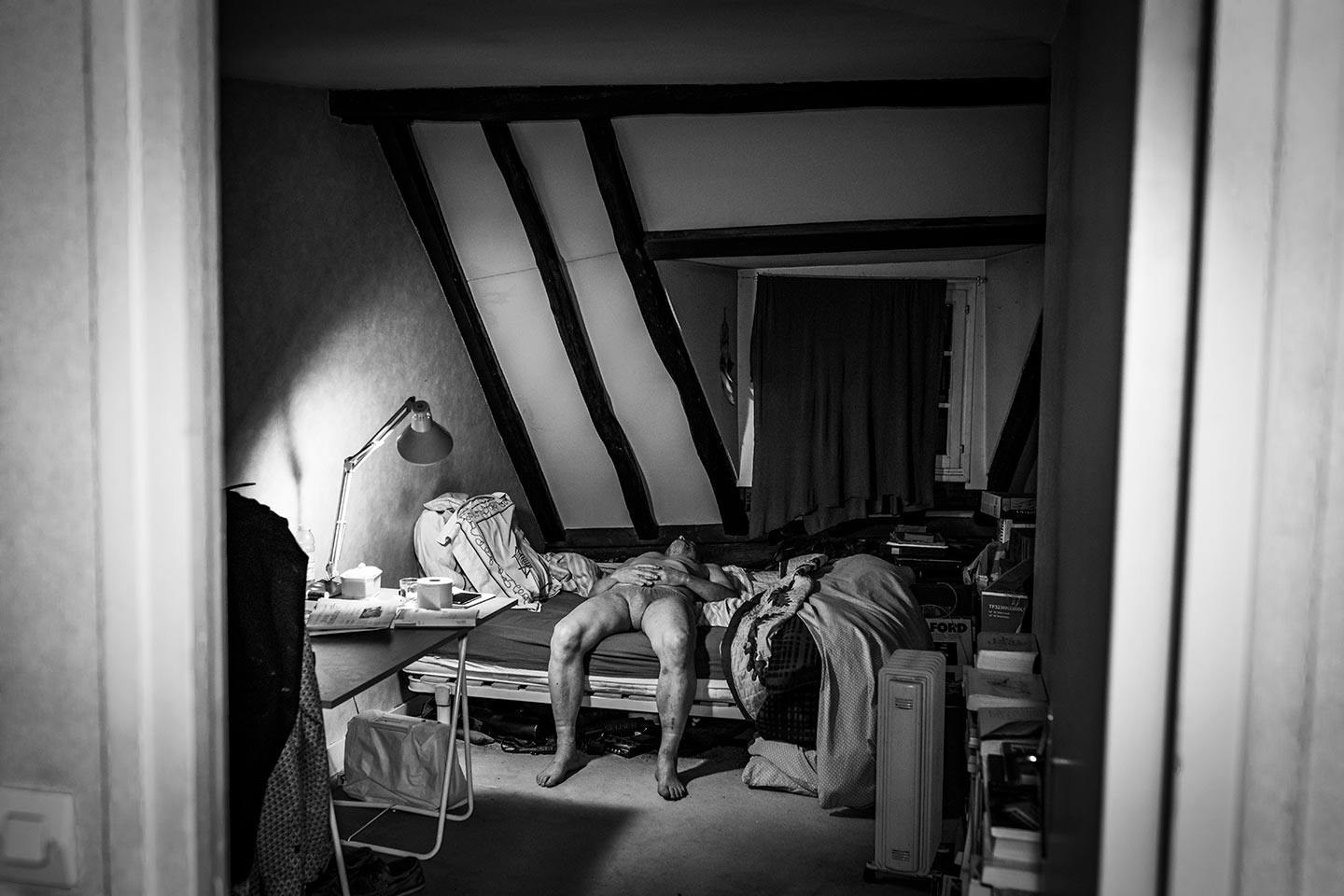
Tayla Corney is one of the 12 photographers shortlisted by photobook publisher Void to run for the opportunity of having their work made into a publication, which they offered as jurors of a recent #FotoRoomOPEN edition.
The Days When the Sun Goes Cold by 26 year-old South African photographer Tayla Corney is a series of images about the story of Philippe Malo, a man who has been suffering from depression for the past 15 years. “The work focuses on Philippe’s daily life, and it tries to convey the trauma, isolation and loneliness of life with severe depression” Tayla says.
Tayla met Philippe at a suicide prevention clinic in Paris at the end of 2018. “I emailed the clinic asking if I could participate in one of their sessions with their patients because I wanted to do a project about severe depression. They said I could, but that I shouldn’t have expected much from it. Instead, from the start, Philippe and I understood each other. Often you have to explain people how a long-term documentary photography project is made, and the level of commitment that is expected from those who take part. With Philippe, this wasn’t necessary. He had a love for photography and knew what I was asking. I didn’t discuss the project with him privately on that occasion as I was only just at the beginning of the work, and didn’t know what direction I wanted it to take—whether it was going to be the story of a single person or more.”
“I later flew to England to visit other clinics I had reached out to and meet with their patients, but in the back of my head I kept thinking about Philippe. The connection I had with him, I just didn’t have it with any of the other people I had met and photographed. Back in Paris, I emailed Philippe’s clinic asking them if it was possible for me to speak with him. After much convincing, they asked Philippe to contact me, which he did.”
“We met at a cafe near his apartment in Le Marais. I explained him what I had in mind for the work and this really motivated him to do his best to help me, and to help others through that. The work didn’t necessarily start in the direction it ended, and I didn’t know Philippe’s whole life story at this point. With such projects, you know that the material is there, but you have to be able to spend time experimenting, extracting and being human to get to it.”
Over time, as they kept working on The Days When the Sun Goes Cold, Tayla and Philippe became good friends. “Most of the time we weren’t even taking pictures. We were really open with one another, and this allowed me to be with him even when he was struggling with his depression. However, there were many days when he canceled on me because he felt too bad to even be around people, and I respected this. Not once was the work put in front of Phillipe’s health. That was made very clear from the start.”
The work is not intended to be just about Philippe. “I think Philippe and I both agree that the project is as much about him as it isn’t. He is the main protagonist and the story is very unique to him, but we tried to make the main themes that run across the work familiar to all viewers.” Tayla shot in black and white “to remove all distractions and focus on Philippe’s physical appearance and body language. This should allow viewers to concentrate on Philippe and what emotions the images give them. I intentionally wanted people to feel heavy after looking at the work, but one always risks of overdramatizing something like depression if they are not careful. Intense editing needed to be done to avoid this risk. All the editing was done with Philippe: we spent hours debating the relevance of an image, or whether some pictures were just over the top. This process was vital as it brought Philippe and I closer together in the work. It wasn’t just me shooting and him being him: it was a mutual collaboration.” Another aspect of the work Tayla struggled with was how to avoid too much repetition in the images, considering that the whole work was entirely shot in one place—Philippe’s apartment. To help with this, he noted down all ideas he would get from the books he was reading about depression, and then tried to incorporate them in the work.
Ideally, Tayla hopes viewers will “take the time to understand the relevance of every little boring detail in the work. There are very small recurrences in the work that pay tribute to Philippe’s struggle with depression, and that of anyone suffering from a mental health disorder. Other than that, I don’t expect everyone’s reaction to the work to be positive. I want this project to push some buttons, to make someone feel uncomfortable perhaps, or receive criticism for some of my choices. I feel artists often don’t like to be challenged, but I think it’s vital to our practice. If you only get positive feedback you may lose your motivation.”
Tayla is not so much interested in photography itself as he is in the experiences it brings along: “Some things would never happen if I didn’t decide to take the day to go out with my camera. You become so open to what the world is trying to show you that it’s almost addictive.” He has been mainly influenced by four photographers: Roger Ballen, Daido Moriyama, Jacob Aue Sobol and, above all, Jim Goldberg. “His work goes a layer deeper than the work of any other photographer I have encountered. It is so refined and unrefined at the same time; it gives you a sense that the image is not necessarily the most important element, but rather the message, feeling and story.”
Tayla’s three words for photography are:
Complex. Progressive. Touching.
Keep looking...

FotoCal — Photography Awards, Grants and Open Calls Closing in October 2024

FotoCal — Photography Awards, Grants and Open Calls Closing in September 2024

FotoCal — Photography Awards, Grants and Open Calls Closing in August 2024

FotoCal — Photography Awards, Grants and Open Calls Closing in July 2024

FotoCal — Photography Awards, Grants and Open Calls Closing in June 2024

FotoCal — Photography Awards, Grants and Open Calls Closing in May 2024

FotoCal — Photography Awards, Grants and Open Calls Closing in April 2024




